About 48% of a home’s energy usage can be attributed to HVAC systems. It is crucial to note that the choice of the system plays a significant role in determining the costs associated with cooling during summers and heating during winters. Therefore, it is essential to carefully select a system that suits your home’s size, construction, and climate. Here are six prevalent HVAC system options to take into account.
AC and Furnace Split Systems
Commonly known as forced air systems, conventional air conditioning systems and furnace split system has been used for a considerable period. In this setup, a blower fan within the furnace draws in untreated air, adjusts its temperature (heating or cooling), and then distributes it back into your home through the ductwork. Typically, the furnace component operates on natural gas, although homes without access to natural gas may employ a propane-powered unit instead.
For regions with mild climates with unnecessary central air conditioning, forced air systems are widely favored. In such areas, homeowners typically rely on furnaces solely for winter heating while enjoying naturally cool temperatures by keeping windows open during the summer. An additional advantage is that most recently installed natural gas furnaces boast an energy efficiency rating of over 90%. This is not only beneficial for your finances but also contributes to environmental conservation.
The downside to this type of system is that it requires ductwork and might develop dangerous leaks that can lead to carbon monoxide poisoning. For those with severe allergies, these systems also tend to disperse more dust and pathogens throughout the house and keep the air much drier during the colder months.
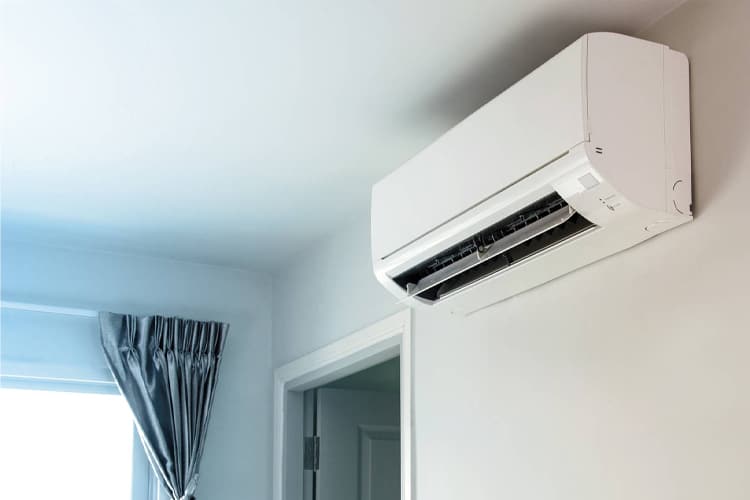
Heat Pump and Air Handler Split HVAC systems
Another commonly chosen alternative is the heat pump and air handler split system. This system offers both heating and air conditioning capabilities. It operates by utilizing a compressor to circulate refrigerant throughout the system. During the heating mode, the heat pump collects cold air from indoors and pushes it outside, while in the warmer months, it reverses the process to keep cool air indoors. The indoor air handler, equipped with a blower, then circulates the conditioned air throughout your living spaces, ensuring a comfortable climate in your home.
The affordability of equipment and lower operating costs contribute to the widespread popularity of standard heat pumps nationwide. Heat pumps generally have lower operating costs than boiler systems and electric and gas furnaces. Furthermore, they exhibit high energy efficiency, making them an attractive choice for homeowners.
Similar to split systems, standard heat pumps also necessitate ductwork and have the potential to disperse allergens throughout the house. Furthermore, a drawback of this type of system is that it may need to be more efficient in heating during freezing temperatures, making other HVAC options more suitable for such conditions.
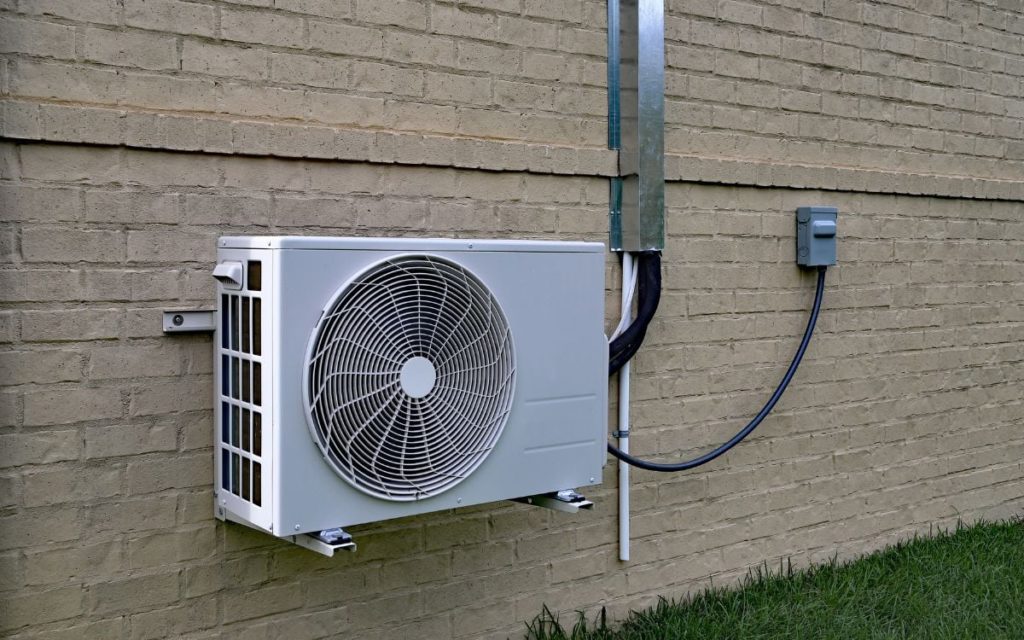
Boiler With Radiant Heating System
A choice is a boiler paired with a radiant heat system and a separate air conditioning unit for summer cooling. With this setup, the boiler unit heats water to a high temperature and circulates it through specialized pipes installed in the flooring, effectively warming the rooms in your home. Various systems are available, including those that utilize electricity, natural gas, or propane to heat the water. However, steam boilers have been used for centuries and are less popular nowadays due to safety considerations.
According to experts, radiant heating offers the most comfortable indoor air as it balances humidity levels. It neither dries out the air excessively nor makes it overly humid. Systems equipped with combi-boilers even utilize the heated water to supply domestic hot water, which includes water used for showers, laundry, and other household purposes. An additional benefit is the pleasant sensation of walking on warmed floors, which can be especially enjoyable on chilly mornings.
However, there are some drawbacks to consider when it comes to boilers. One disadvantage is that boilers typically require more time, sometimes up to an hour, to heat the entire home than a standard furnace system. Additionally, they necessitate the installation of specific radiant floor pipes to ensure proper functioning. Moreover, the initial cost of installing a boiler system is generally higher compared to forced air or heat pump systems.
This type of system is commonly found in older homes, and replacing an aging system with a new one is often recommended instead of a forced air system. Retrofitting the older home with radiant floor piping can add significant costs to the project. Therefore, it is advisable to assess the feasibility and cost-effectiveness of replacing the existing system when considering options for upgrading an older home.
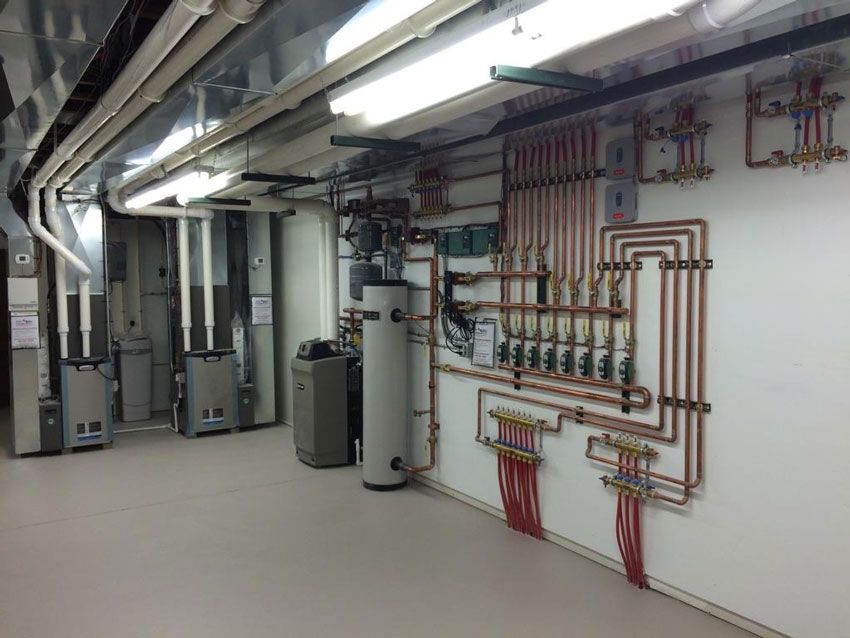
Mini-Split Heat Pump HVAC System
Another HVAC option worth considering is the mini-split heat pump system. This system is similar to a standard heat pump but differs because it consists of multiple units dispersed throughout the home instead of a single unit. Typically, it involves outdoor and concealed indoor units installed in various zones. The number of units required depends on the size of your home, ranging from as few as two units to over eight units in larger residences.
The mini-split heat pump system is experiencing a significant surge in popularity due to its reduced cost and improved efficiency. It is the second-most energy-efficient option for heating and cooling homes, surpassed only by geothermal technology. An additional advantage is that these units do not require ductwork, making them an excellent choice for homes that lack existing ductwork but still require a dependable HVAC system.
However, there are some drawbacks to consider with mini-split heat pump systems. The initial setup cost is generally higher compared to traditional heat pump systems. Additionally, acquiring specific parts for mini-split systems may be more challenging. Moreover, in regions with frigid temperatures during winter, the current technology of mini-split systems may need to be more suitable and efficient. Evaluating the feasibility and compatibility of a mini-split system is essentially based on your location and climate conditions.
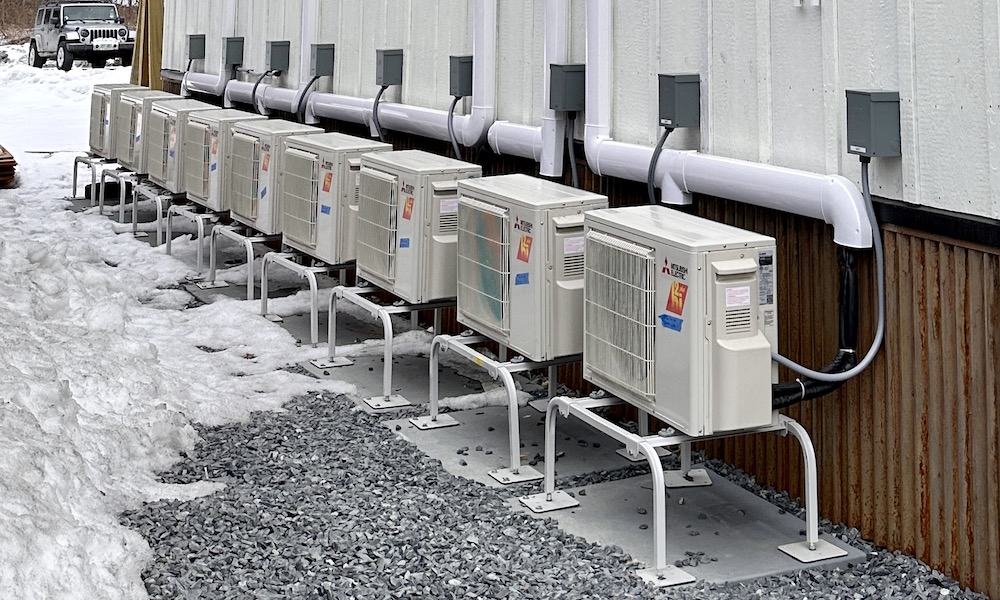
Geothermal Heat Pump
Another viable option is a geothermal heat pump system. This system utilizes a network of underground pipes to circulate water beneath the ground, taking advantage of the earth’s natural temperature. The water is warmed in winter, while it is cooled in summer. This process harnesses the energy-efficient properties of the earth’s soil, contributing to high energy efficiency and effective climate control.
Geothermal systems have become popular among homeowners who prioritize environmental sustainability and embrace green living practices. These systems are widely recognized as the most energy-efficient options available. Furthermore, geothermal systems are known for longevity, often lasting up to twenty-five years before requiring significant repairs or replacement.
Indeed, there are certain drawbacks to consider regarding geothermal heat pump systems. The initial installation cost of geothermal systems is typically the highest among HVAC options, especially when retrofitting existing homes compared to new constructions where adding piping is more straightforward. Additionally, due to the specialized nature of the system, repair costs for geothermal systems can be relatively high. However, many homeowners find these additional expenses justifiable, considering the significant reduction in annual heating and cooling costs over time.
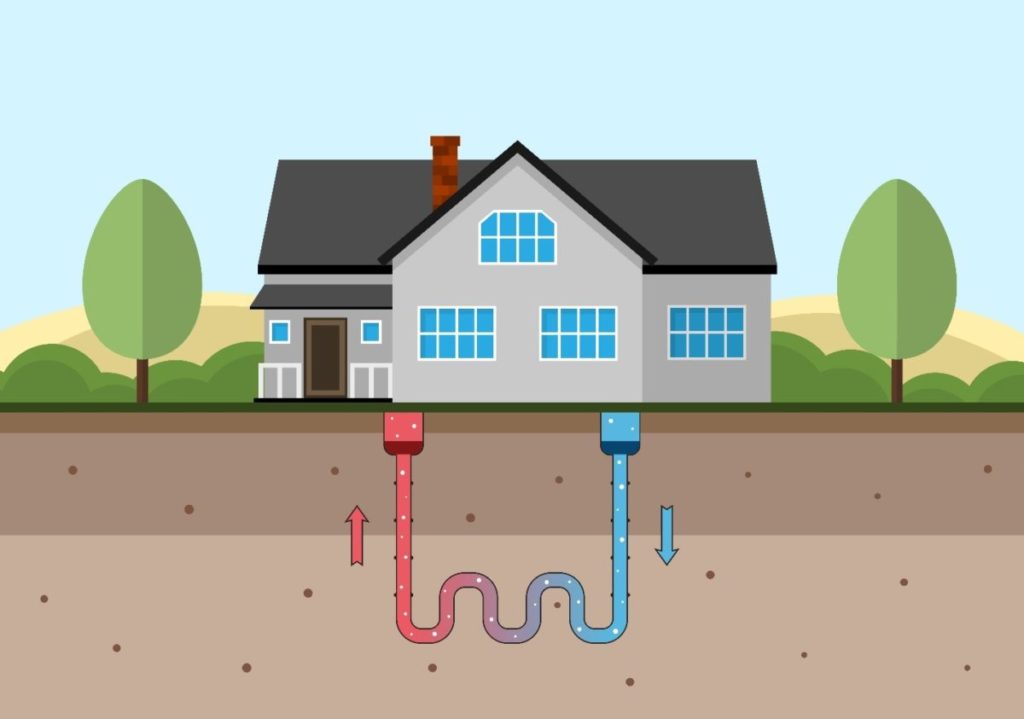
Electric Furnace and AC Split HVAC System
A split system featuring an electric furnace and an air conditioning unit is considered the most practical option in certain areas. This setup is similar to the previously mentioned forced air system, but instead of utilizing a natural gas or propane-powered furnace, it employs an electric furnace for heating purposes. The rest of the system remains the same, including the air conditioning unit, ductwork, and distribution of conditioned air throughout the home.
Electric furnaces in a split system can be described as large space heaters equipped with fans that distribute warm air through your home’s ductwork. This type of setup is particularly suitable for regions with mild winter climates, where minimal heating is necessary. It becomes the practical choice, especially if the cold season in the area lasts for only a short period, typically two or three weeks per year. Additionally, electric furnaces are often favored for vacation homes or secondary residences that do not require extensive temperature control.
One drawback of electric furnaces in a split system is that they are generally less energy efficient than other HVAC options mentioned. However, when they are used sparingly, the limited usage can offset any potential increase in heating bills.
Selecting your home’s heating and cooling system may require some understanding, but it doesn’t have to be overwhelming. It is crucial to conduct thorough research and stay aware of the intricate details. Factors such as the size and usage of your home are undoubtedly significant considerations, but cost and energy efficiency should also be given due importance. By considering these factors and gathering relevant information, you can make an informed decision when choosing the right system for your home.
